Substance Use Health
On this page:
Alcohol
If you don't drink, don't start. If you choose to drink, lower your risk.
Drinking alcohol can affect your
health and wellbeing.
Alcohol is a drug that is used often in social settings. Like other drugs, alcohol can change the way
we think, feel and act. The more you
drink on average per week, or on a single occasion, the greater your risk.
Alcohol use has been linked to over 200 chronic diseases such as:
- various cancers
- heart disease
- chronic pancreatitis
- hypertension
- liver damage
- fetal alcohol spectrum disorder
- mental health issues, etc.
More
information: World Health
Organization
As little as 1 drink a day can increase your risk for cancer.
Alcohol is known to cause cancer. Risk of cancer increases with the amount of
alcohol consumed; even the smallest amounts increase risk for some cancers.
Consuming alcohol and tobacco together increases risk of
developing cancer by up to 300 times compared to drinkers who do not smoke and
smokers who do not drink.
When it comes to cancer risk, there is no safe level of
alcohol consumption.
More information: Canadian
Cancer Society
Alcohol is linked to injuries, early
death and social problems.
Alcohol use has been linked serious injuries and early death due to:
- motor vehicle collisions
- alcohol poisoning
- falls
- drowning
- homicides
- suicides
- fires
Heavy alcohol use is related to a number
of social problems including:
- violent crime
- unintended pregnancies
- the spread of sexually transmitted infections
- sexual assault
- child neglect/abuse
- intimate partner abuse
- unemployment
- failed relationships
- homelessness
Harms from alcohol outweigh benefits.
Alcohol may
provide some health benefits for your heart but this continues to be debated.
If benefits do exist, they are mainly seen in people over 45 years of age. In
most cases, one drink of alcohol every other day is enough to achieve these
benefits. Amounts greater than this pose more risks and cancel out all the
benefits. If your goal is to improve your health, instead of drinking alcohol
you are better off to follow a healthy diet, get more exercise, and be a
non-smoker.
If
you choose to drink:
1. Know what a standard drink is and measure before you pour so you know how many drinks you have had.
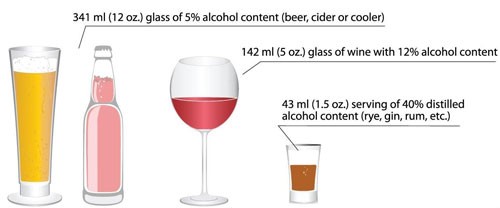
2.
Follow Canada’s Low-Risk Alcohol Drinking Guidelines.
YouTube Video - Canada’s Low Risk Drinking Guidelines
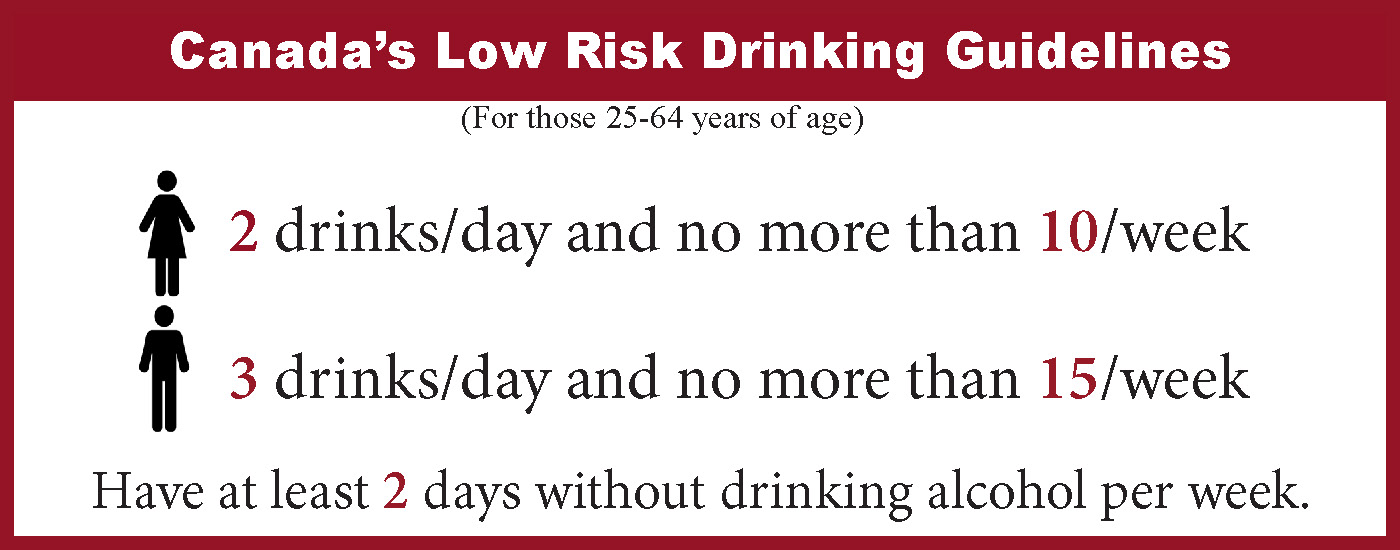
Remember that these guidelines lower
your risks but drinking alcohol in any amount carries some risk.
3.
Keep track of how much you drink – per day and per week.
4.
Drink slowly. For every drink of alcohol, have one
non-alcoholic drink.
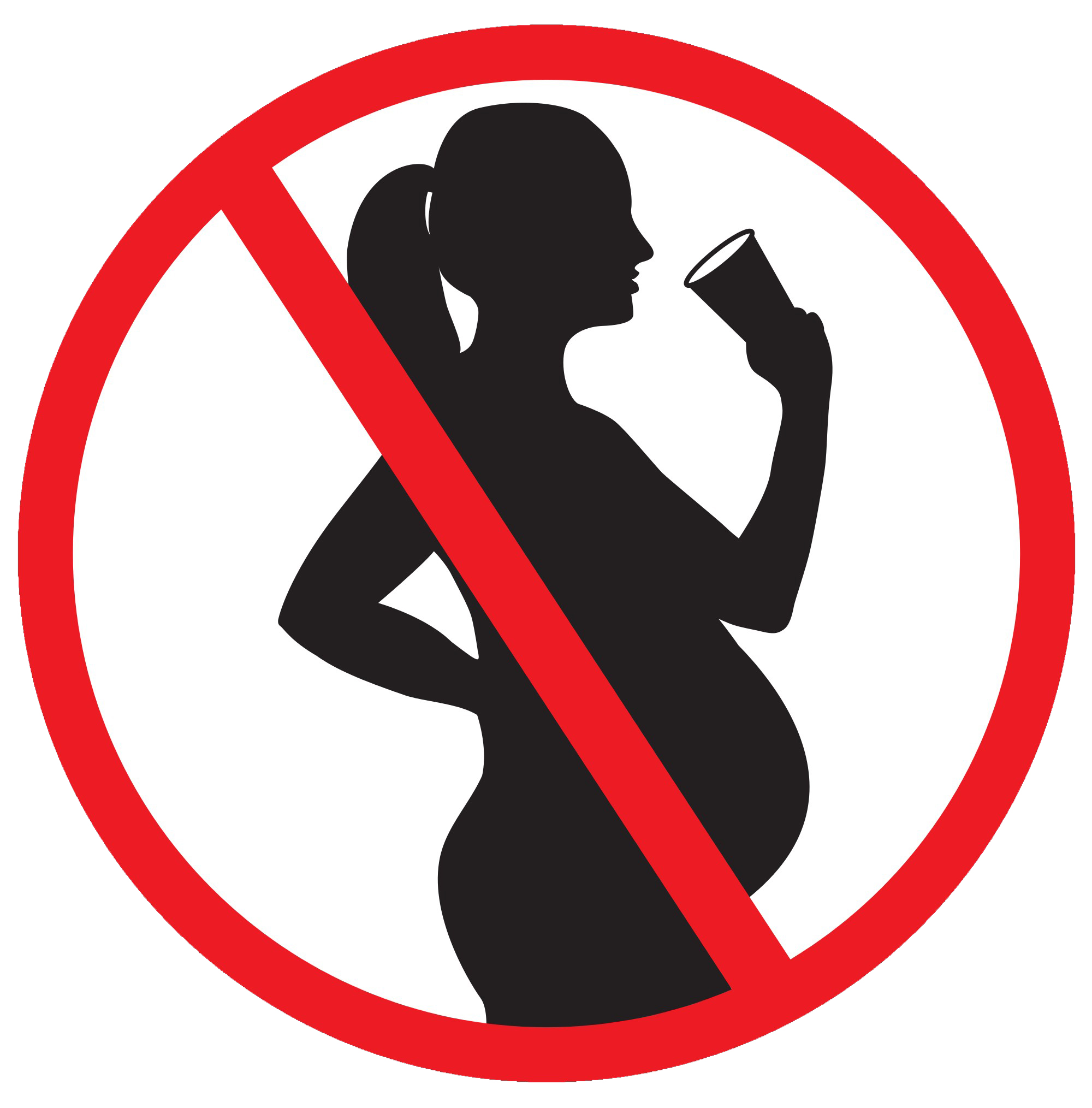
Do not drink
when you are:
- Pregnant or planning to be pregnant
- Driving a vehicle or using machinery and tools
- Taking medication or other drugs that interact
with alcohol
- Doing any kind of dangerous physical activity
- Living with mental or physical health problems
- Living with alcohol dependence
- Responsible for the safety of others
- Making important decisions
Hosting a party or
event?
If you are hosting a party where alcohol will be served, you are responsible for your guests’ safety until they are sober.
To help reduce your risk:
- Do not mix physical activity with alcohol. People
are more likely to injure themselves while drinking.
- Provide alcohol-free and low-alcohol drink
options for your guests. Try some of these delicious mocktail recipes.
- Provide snacks for your guests – the healthier the better and avoid salty and sweet options.
- Be ready to host overnight guests.
- Make yourself or a friend the ‘bartender’ for the night rather than having an open bar. You will be able to better monitor how much alcohol your guests are drinking.
- Pre-plan what you will do to look after guests
who drink too much.
- Do not let your
guests drink and drive. Have designated drivers, spare cash and taxi company
phone numbers available. Take keys away from anyone who you feel will drink and
drive.
- Limit your
alcohol intake so that you can monitor the party and make decisions with a
clear mind.
Alcohol Advertising / Marketing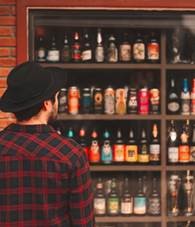
Thrill-seeking and impulsive behaviours can be part of the teenage years and the addition of alcohol can place the already at-risk teen at an even higher risk for social harms, physical injuries, and premature death. The use of any mood-altering substance (including alcohol) during the teen years increases the risk for substance use problems. About 9 out of 10 people diagnosed with substance dependence disorders started using before the age of 18 years, and almost 7 out of 10 admissions to substance use treatment programs in Ontario are due to alcohol use.
Preventing, delaying, or reducing underage drinking can decrease many of the harms and costs associated with alcohol.
In addition to parents and peers, alcohol marketing has clearly been shown to have an impact on a teenager’s decision to drink alcohol. Alcohol ads often link alcohol to social status, success, having fun, and being included in peer groups. In doing so, ads influence young people’s expectations, attitudes, and beliefs about alcohol.
Whether through the different forms of media (e.g., newspapers, billboards, online, etc.), product placement in stores, or direct in-person product marketing, teenagers exposed to alcohol marketing tend to start drinking at a younger age, and those who already drink, tend to drink more often and in greater amounts.
The Alcohol and Gaming Commission of Ontario (AGCO) has created a set of guidelines for alcohol advertising in Ontario. To learn more about these guidelines visit: AGCO - Liquor Advertising
If you have a concern or question about alcohol marketing, contact the Alcohol and Gaming Commission of Ontario - Complaints and Inquiries or
Alcohol and Gaming Commission of Ontario
90 Sheppard Avenue East, Suite 200
Toronto, Ontario M2N 0A4
Tel: 416-326-8700 or 1-800-522-2876 (toll free in Ontario)
Alcohol & Drowning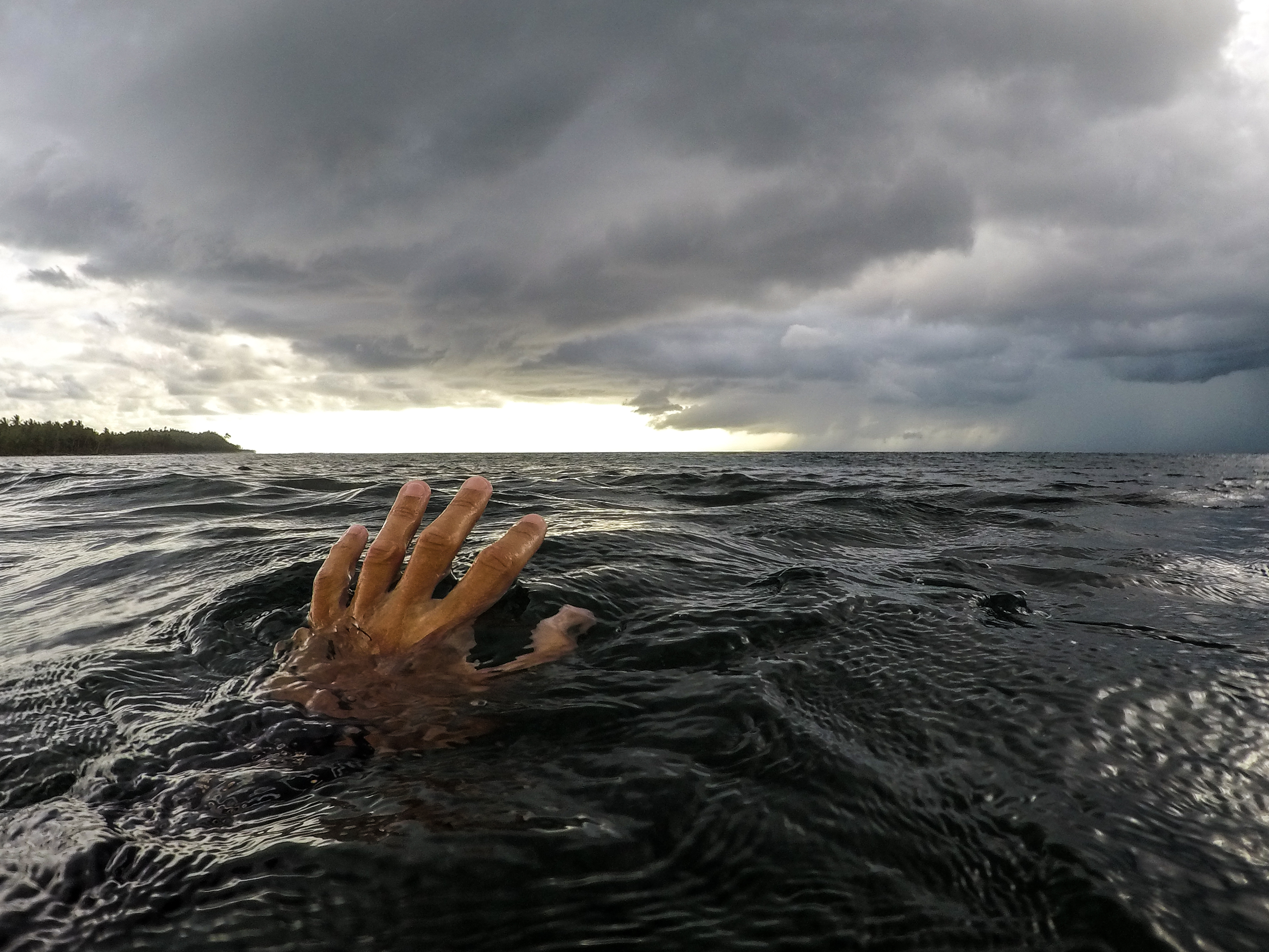
Each year approximately 500 Canadians die in preventable water-related incidents, and almost half of the drowning deaths of young adults involve alcohol. Most drowning deaths involving alcohol occurred while boating and swimming. Consuming alcohol while a water vessel is being operated is illegal in Ontario. However, alcohol can be legally consumed if the boat meets all of the following conditions:
- Has permanent sleeping facilities
- Has permanent cooking facilities
- Has a permanent toilet
- Is anchored or secured alongside a dock
Operating a water vessel (including canoes, kayaks, and paddleboards) while under the influence of alcohol or other drugs is a criminal offence in Canada. In Ontario, the penalty for operating a water vessel while under the influence of alcohol or other drugs is the same as those for operating a motor vehicle. If convicted, you will lose your boating and driver’s licence for a minimum of one year. For more information on the prevention of drowning, please visit www.lifesavingsociety.com
Learn how drinking less alcohol can help you look, sleep and feel better.
In addition to helping reduce your risk of cancer and other diseases, there are other benefits of drinking less.
Researchers have studied people who take part in alcohol-free campaigns such as DryFeb (when people resolve to give up alcohol for all of February) to see how drinking less affects their health. For example, a 2019 University of Sussex study found that Dry January participants’ health improved in a number of ways:
- Felt healthier in general
- Slept better
- Had more energy
- Lost weight
- Could concentrate better
- Had better skin
The study found other benefits of drinking less included:
- Felt a sense of achievement
- Saved money
- Felt more in control of their drinking
- Learned more about when and why they drink
- Realised they don’t need a drink to enjoy themselves
How can drinking less help you sleep better?
Drinking less gives you more energy. That’s partly because drinking alcohol makes it harder to get a good night’s sleep. Alcohol reduces the amount of deep sleep you get, which can make you tired the next day.
Drinking can also make you need to go to the bathroom more often during the night, which interrupts your sleep and makes you dehydrated. This could make you wake up feeling thirsty. Drinking can even make you snore more, and more loudly.
How can drinking less help you look better?
Drinking less alcohol can help you look, and as feel, better. When you urinate more, you get dehydrated. This affects how your skin and eyes look. It can make them appear duller. By drinking less, you can not only feel brighter and more alert, but look brighter, too.
Alcohol is also high in calories, which mean that drinking a lot can lead to weight gain.
Other benefits to your appearance of drinking less include less bloating and generally looking better through getting a good night’s sleep and avoiding a hangover.
Ready to drink less?
Here are some things you can do to drink less and make having alcohol-free days easier:
- Try different non-alcoholic cocktails when you are socializing to find ones you like. Look up recipes to make your own. Try lower-calorie options mixed with unsweetened tea or sparkling water. Keep them in the fridge so you always have them on hand.
- Challenge friends, family, and workmates to join you on alcohol-free days. Campaigns like the “DryFeb” are partly so successful because friends challenge each other to take part. Or at least tell them what you are doing so they can support and motivate you.
- Skip the liquor store or wine and beer section when doing your shopping. If you don’t always have drinks in the house, you’ll find it easier to have alcohol-free days.
- Build alcohol-free days into your weekly or monthly schedule. You could time them with other events, for example, have an alcohol-free day every day you go to the gym or workout, to feel extra healthy.
- Try to break habits that could lead to drinking. For example, if you find you always have a glass of wine when watching TV, try to watch less TV. Or replace the wine with a non-alcoholic cocktail or another drink.
- Consider why you drink. If you know when and where you usually drink, you might find it easier to break the habit and have more alcohol-free days. For example, do you really enjoy that drink with your meal at home, or has it just become a habit?
- Take it slowly. You could try starting with one or two alcohol-free days a month and taking it from there.
- Don’t make up for alcohol-free days at other times. Having alcohol-free days can benefit your health in many ways. However, it’s important not to increase how much alcohol you have on the days you do drink.
- Stick to low-alcohol drinks. Look at the labels or ask bar-staff about the alcoholic content of drinks. Consider choosing, for example, a lower-strength 4-5% beer rather than a stronger 6-8% one.
- Eat food while drinking. Take advantage of bar snacks, like nuts, or order something to nibble on while drinking.
- Ease your thirst with a non-alcoholic drink before drinking. Instead of drinking while thirsty, first have a glass of water or other non-alcoholic drink. Then you can sip your alcoholic drink instead of drinking it quickly because you are thirsty. Often, drinking too quickly can make you drink more.
- Limit how many drinks you have. Consider making a plan and sticking to it. For example, “Tonight, I’m going to have no more than two beers.”
More information:
CAMH – Having a Party?
Deflate the
Elephant
Best Start Mocktails
for Mom
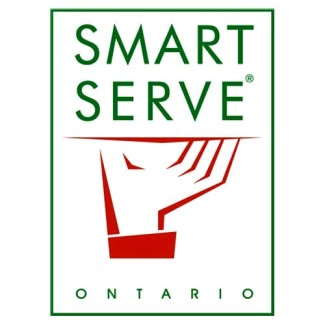 Smart Serve Responsible Alcohol Beverage Service
Training Program is approved by the Alcohol and Gaming Commission of Ontario
(AGCO) as a server training program for the Ontario hospitality industry. By law, all managers and servers must be
Smart Serve certified. You can take the
online course here, or contact
Northern College (705-567-9291 ext. 3264) or training@northern.on.ca for their next in class date.
Smart Serve Responsible Alcohol Beverage Service
Training Program is approved by the Alcohol and Gaming Commission of Ontario
(AGCO) as a server training program for the Ontario hospitality industry. By law, all managers and servers must be
Smart Serve certified. You can take the
online course here, or contact
Northern College (705-567-9291 ext. 3264) or training@northern.on.ca for their next in class date.
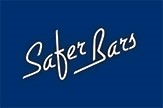
Fuelled by alcohol, some customers in bars resort to threats, fights, mischief, vandalism, property damage and driving. Safer Bars includes a 3-hour training for bar staff to manage aggressive customers, keeping everyone safer. Learn more here.
 Local alcohol policies can promote a culture of
moderation, support community values, raise awareness of harms, influence
social norms and promote a healthier community.
A Municipal Alcohol Policy (MAP) aligns with liquor laws and outlines
the appropriate use of alcohol on municipally owned and managed places and
spaces. For resources on how to develop
your MAP, check out the CAMH
guide or Public Health Ontario’s Steps
for developing a MAP
Local alcohol policies can promote a culture of
moderation, support community values, raise awareness of harms, influence
social norms and promote a healthier community.
A Municipal Alcohol Policy (MAP) aligns with liquor laws and outlines
the appropriate use of alcohol on municipally owned and managed places and
spaces. For resources on how to develop
your MAP, check out the CAMH
guide or Public Health Ontario’s Steps
for developing a MAP
Other Drugs
If you use drugs, reduce
the harms.
Using any drug can affect your health
and wellbeing.
Cannabis
Harms
related to cannabis depend upon the amount that is used, how often it is used
and the method. More information
Opioids can be dangerous if not used as prescribed.
Opioids are classed as a depressant. This means that they slow down the part of the brain that controls breathing and heart rate. Opioids are mainly used for their sedative effects and to manage pain. Other medical uses include control of coughs and diarrhea, and the treatment of addiction to other opioids.
All opioids are dangerous when taken
in large amounts or when taken with other depressants, such as alcohol or
benzodiazepines.
Opioids can produce a mellow relaxed “high,” making them prone to abuse and addiction.
Some people inject opioids to increase the intensity of the “high”.
Using dirty needles and sharing needles carries a high risk
of infection and disease (e.g., HIV, hepatitis). When tablets or capsules are dissolved for
injection, non-drug substances contained in these products can permanently
damage veins and organs.
More information: Centre
for Addictions and Mental Health
Fentanyl is a very powerful opioid that is
very cheap to produce. It is
increasingly being used in other drugs such as heroin and cocaine to increase
the potency of these drugs and has been pressed into tablet form to imitate
oxycontin. The user has no way to tell
whether fentanyl has been added, how much, or what their reaction might be.
20220913/kp:nd